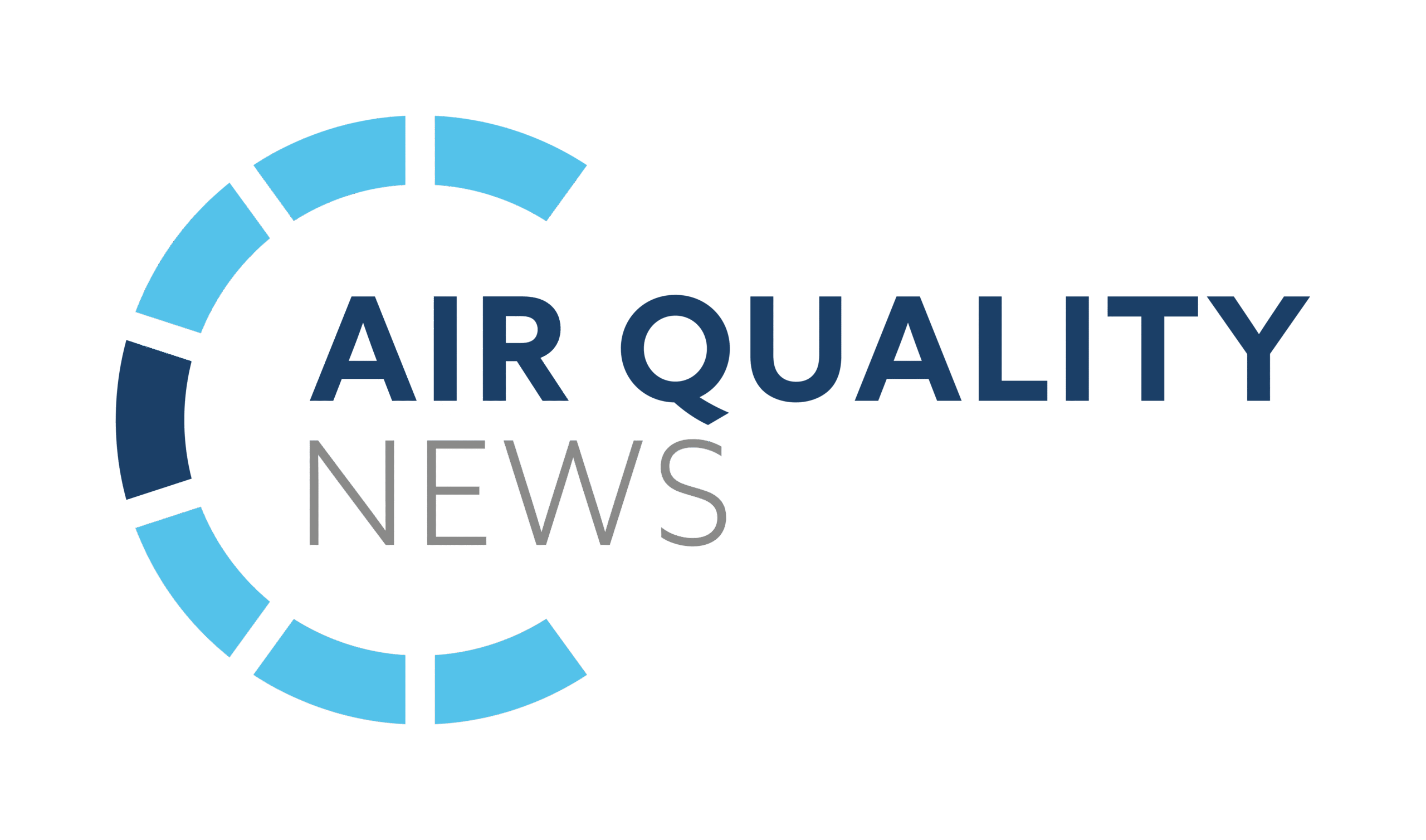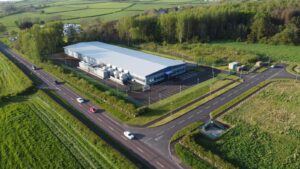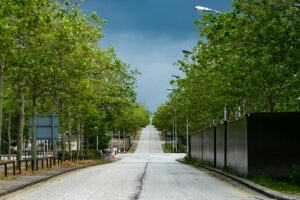Data from five air quality monitoring sites shows significant improvements in air quality after 12 months of the CAZ – despite increasing traffic
NOX is noxious. The burning of fossil fuels, such as to power cars and other vehicles, creates nitrogen oxide (NO2) and other associated gases known as NOX. Exposure to these gases can inflame the airways in our bodies and increase susceptibility to respiratory infections as well as to allergens. What’s more, NOX can exacerbate symptoms of existing lung and heart conditions. This in turn places additional burdens on NHS services. And that’s before we get on to the damage NOX does to the environment.
Photo by EmphyrioFor all these reasons, the Air Quality Standards Regulations 2010 set legal limits on levels of NO2 in the air. By law, the yearly average must not exceed 40 micrograms (µg) per cubic metre of air (m3). The hourly mean average must not exceed 200 µg/m3 on more than 18 occasions in a single year.
With legal limits being exceeded in several UK cities, in 2020, the government directed several local authorities to introduce a Class C+ Clean Air Zone (CAZ). The Bradford CAZ began operation on 26 September 2022.
Now, newly released data shows how effective such schemes can be. Five automated monitoring stations within the CAZ reveal significant achievements.
In 2021, before the CAZ was introduced, automatic monitoring in the city’s Market Street detected 45 micrograms (one-millionth of a gram) of nitrogen oxide (NO2) per cubic metre of air – above the legal limit. In just a year, the CAZ has brought that figure down by more than 10% to 39 µg/m3.
This must be the result of the CAZ because monitoring sites outside the zone show little change in concentrations of NO2 over the same period, remaining at levels well below the legal limit.
The results of the CAZ are especially heartening because there has been a rise in levels of traffic generally over the same period, with more than 65m journeys to date within the zone. Indeed, over the past year, traffic in Bradford has returned to pre-pandemic levels.
The success of the scheme is down to local residents and businesses. They were in turn supported by the local council, who distributed grants worth more than £20m in advance of the CAZ coming into place. This and charges on non-compliant vehicles entering the CAZ has encouraged people to transition to less-polluting vehicles – with marked success.
Some 3.6% of vehicles making journeys in the zone were non-compliant in the summer of 2022. That figured had dropped to 1.5% by the end of July 2023.
There has been an increase in compliant vans from 50% to 70%, while large vehicles such as articulated lorries have increased from some 80% to 97%. The Bradford taxi fleet now mainly comprises hybrid electric vehicles and is 99% compliant – which is thought to be the cleanest fleet in the country. The city’s bus operators now have 317 newly compliant buses and funding is in place for new electric buses which should come into use later in 2023.
The latter is one example of continuing efforts to improve air quality in the city. In addition, revenue generated from charging non-compliant vehicles to enter the CAZ is being allocated entirely to projects that further improve air quality in the area. The Clean Air Schools Programme is the first such major project with £500,000 in funding for schools with an awareness programme and enforcement measures to stop idling (having the engine on but not driving).
As we reported earlier this year, Bradford has also seen an increase in the number of charge points for electric vehicles.
Cllr Susan Hinchcliffe, Leader of Bradford Council, says, ‘We all have a moral, environmental, and legal responsibility to make Bradford’s air cleaner and improve the health of our residents and visitors.
‘We want to thank businesses and transport partners who were using the grants available to upgrade vehicles in advance of the launch of the CAZ. It’s good to see these measures translating into improvements in air quality.
‘The number of non-compliant vehicles has fallen due to vehicles upgrades and changes to fleet composition, this improves air quality not just in Bradford but throughout West Yorkshire.”
‘Grants are still available to Bradford businesses and residents who wish to upgrade non-compliant vehicles along with specific grants to assist taxi drivers to switch to electric vehicles.’
















Leave a Reply